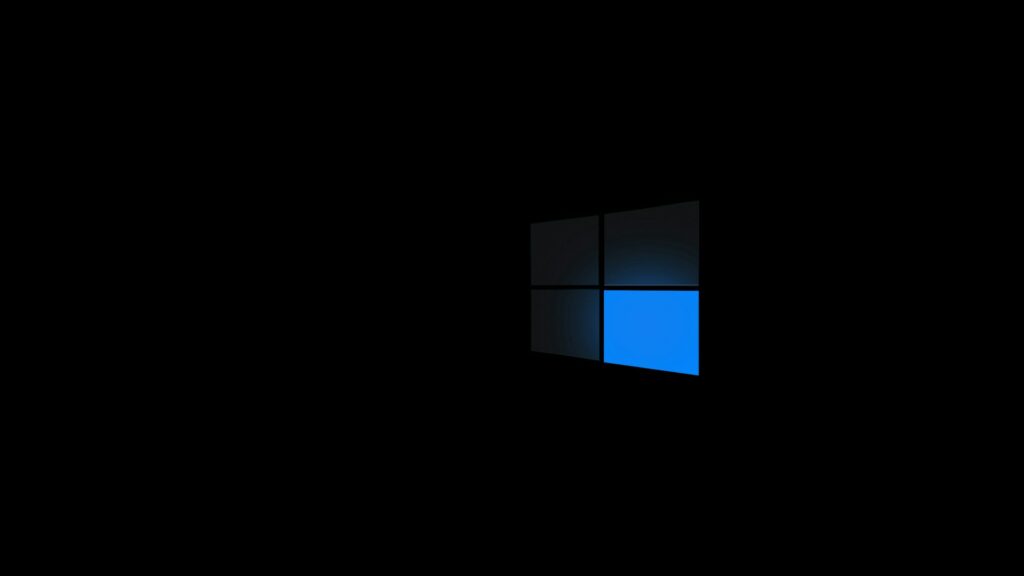The Management of New Apps for Improved Performance Management

The Management of New Apps for Improved Performance Management
One of the most common causes of a computer’s sluggishness immediately after it has been turned on is the presence of startup applications. The apps in question are those that start up automatically whenever Windows starts up. Some of them are required, but the majority of them are not. They waste important system resources and cause the system to take longer to boot up, which in turn leads to decreased performance. Your system may be greatly sped up and its efficiency can be improved if you manage the applications that start you up.
Why Apps Created by Startups Are Important
During the starting process, each and every application consumes both memory and processing power. When you enable additional applications to load automatically, the amount of time it takes for your system to become responsive increases too. Typical instances include the following:
- Messaging or conversation applications.
- The customers of cloud storage.
- Media players are included.
- Keep the management up to date.
Those that launch games.
There are a few that are helpful, such as antivirus software, but the majority of them may be started manually whenever it is required.
How to View Applications That Start Up in Windows 11
- Directly via the Settings app, Windows 11 makes it simple to examine and control applications that are executed during startup.
- Use the Win key and the I key to launch the Settings menu.
- Navigate to the Apps > Startup menu.
It displays a list of all of the startup applications, along with the impact rating for each one:
- Impactful: Applications that significantly slow down the starting process.
- With a moderate impact, the boot times are affected somewhat.
- Minimal influence on performance is referred to as low impact.
Deactivating Startup Programs That Are Not Necessary
You may prevent applications from starting up at startup by:
- Turn off the app by toggling the switch that is located next to it.
- In order to see the modifications, restart your computer.
- By disabling an application, you are not really removing it from your computer; rather, you are preventing it from starting up. There is still the option to manually launch it anytime it is required.
Utilizing Task Manager to Gain Additional Control
With Task Manager, you have access to extra choices for managing starting processes.
- Open Task Manager by pressing Ctrl, Shift, and Esc simultaneously.
- Navigate to the tab labeled “Startup apps.”
- For any program, right-click and pick the Disable option.
- If you want to pick which apps to stay enabled, you may categorize them according to the Startup effect or the Publisher.
- It is extremely helpful to adopt this strategy if you like a straightforward and uncomplicated user interface.
Which Applications Should You Continue to use?
It’s not true that every startup app is terrible. For the sake of ease and safety, some features should be kept active:
- Software that protects against viruses offers protection in real time.
- Driver utilities are used to ensure that hardware, such as graphics cards, functions correctly.
- In the event that you depend on automated file synchronization, cloud storage is an optional alternative.
- Disabling the vast majority of other applications, including music players, chat apps, and update managers, is quite safe.
Checking the Startup Entries That Are Hidden
There are several applications that are not included in the normal list of starting programs. In order to search for unknown entries:
- For information on background processes, look under the Services section of Task Manager.
- Make sure to check the options that are particular to the application; many apps include a “Launch at startup” option that has to be disabled explicitly.
- By entering msconfig into the Run dialog box (Win + R), you may use the System Configuration (msconfig) tool. Those more complex setup things are shown here.
Influence on the Speed of Booting and Performance
Reducing the number of starting applications:
- Quicker starting times for the system (boot times).
- A greater amount of random access memory (RAM) for running operations.
- Utilization of the central processing unit lessens the load placed on the processing power.
- It is especially obvious on laptops that the battery life is low.
- There is a potential for a significant discrepancy, particularly on older personal computers or devices with limited hardware.
Observing Changes Following the Optimization Process
Monitoring the performance of the system after modifying the starting applications:
- The CPU, RAM, and disk use may be checked by opening Task Manager and selecting the Performance tab.
- Try restarting your computer and seeing how long it takes for it to become completely responsive.
- Apps should be re-enabled if you discover that functions are missing.
Advanced Advice for the Management of New Businesses
- postpone starting applications: Some third-party utilities provide you the option to postpone the launch of non-essential applications rather than turning them off.
- Updating Windows and drivers may sometimes be the cause of a delayed launch, and it’s not simply the presence of startup applications that might be the culprit.
- Eliminate bloatware: New personal computers sometimes arrive with preloaded applications that add startup entries that are not essential.
- Check Scheduled Tasks: By using Task Scheduler, you may locate applications that circumvent the typical starting lists.
Using in conjunction with many other optimization strategies
Managing the applications that start up on your computer is only one approach to speed up your computer. For even more impressive outcomes:
- Under Power Options, turn on the Fast Startup option.
- Run Disk Cleanup or Storage Sense on a regular basis to clear up space on your disk.
- Defragment or optimize your hard disk drive (HDD) if you are utilizing it.
- Change to a solid-state drive (SSD) if you are still using mechanical storage.
Startup applications are a typical cause of sluggish startup times and decreased system performance, although they are often disregarded as a potential cause. You may maximize the speed at which your computer starts up and the efficiency with which it operates by turning off applications that are not required and keeping just those that are needed running. Tools that are easy to use yet powerful are available in both the Settings and Task Manager of Windows 11, which might assist you in regaining control. You are able to change a slow personal computer into a machine that is much more responsive by making a few tweaks.




